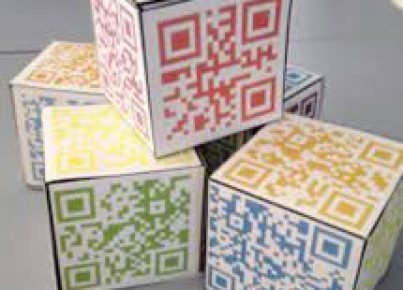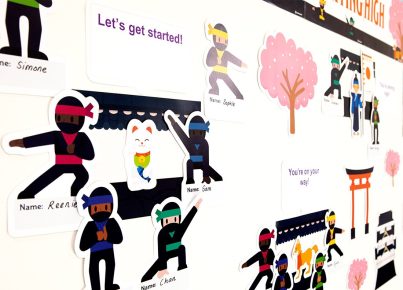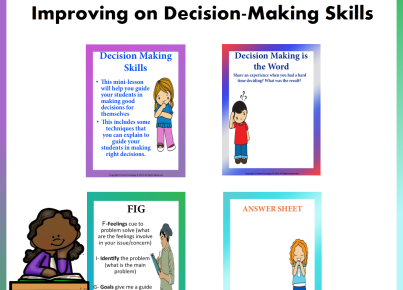Using “Would You Rather” questions in the classroom offers a unique opportunity to engage students in discussions that can spark creativity, critical thinking, and camaraderie. Here’s how to leverage these intriguing prompts in an educational setting:
Understanding the Appeal: The allure of “Would You Rather” questions lies in their simplicity and the often-humorous choices they present. Students are faced with two options, sometimes zany and far-fetched, and they must choose which they would rather do, be, or have. It’s a format that naturally incites conversation and can be a fantastic icebreaker.
Setting the Stage: It’s essential to create a safe and open environment where students feel comfortable sharing their thoughts without fear of judgment. Establish ground rules for respectful listening and turn-taking to ensure everyone’s voice can be heard.
Choosing Questions: Select questions that are age-appropriate and relevant to the interests of your students. Questions can range from silly to serious, but they should always be designed to stimulate thought and discussion. For example, “Would you rather read minds or have the power of invisibility?”
Integrating Learning Objectives: While fun is at the heart of this exercise, it should also serve an educational purpose. Tie questions to current lessons or use them to segway into new topics. “Would you rather live in ancient Rome or ancient Egypt?” This could lead into a history lesson on these civilizations.
Fostering Communication Skills: Encourage students to not only share their choice but also explain their reasoning. This practice helps develop persuasive speaking skills and allows students to practice constructing arguments and explanations.
Cultivating Respectful Debate: Sometimes students will disagree on their preferred choices. Use these moments to teach respectful debate tactics, acknowledging others’ perspectives while defending one’s own choice.
Enhancing Social-Emotional Learning: Prompt discussions about the emotions involved in decision-making. Ask how certain choices make them feel and why. This exploration can help build empathy and emotional literacy.
Documenting Responses: You could keep track of responses as part of a class project or study pattern in decision-making, which can then be analyzed for fun statistics (e.g., “75% of our class would rather fly than breathe underwater!”).
By integrating “Would You Rather” questions into the classroom environment thoughtfully, teachers can create memorable learning experiences that promote social interaction, critical thinking, and fun—a combination that fosters a love for learning and open-mindedness amongst students.





